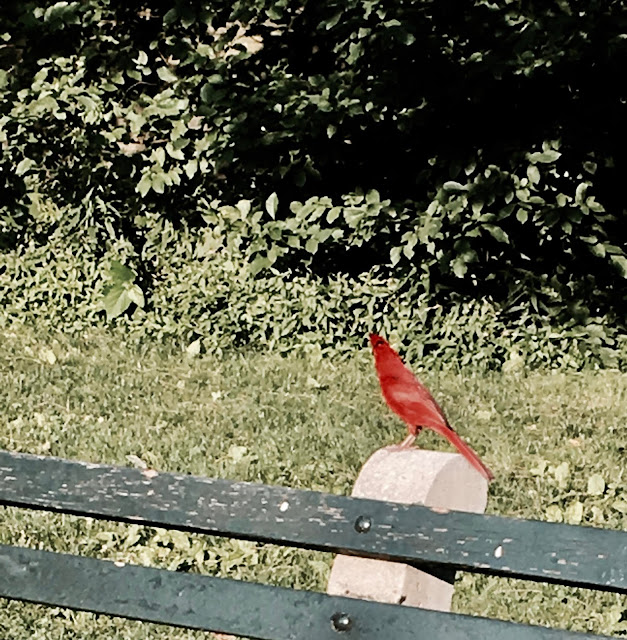Posts

Posted by
Flowergirl
Cormorants, ducks, geese and an Obelisk - walking around the reservoir
- Get link
- X
- Other Apps

Posted by
Flowergirl
A Harlem summer dawn
- Get link
- X
- Other Apps
Posted by
Flowergirl
Why Chennai needs a tree act
- Get link
- X
- Other Apps

Posted by
Flowergirl
The flash of a cardinal
- Get link
- X
- Other Apps

Posted by
flowergirl
Rain catcher: on Jacobin Cuckoo - The Hindu
- Get link
- X
- Other Apps

Posted by
Flowergirl
Who was Marcus Garvey?
- Get link
- X
- Other Apps

Posted by
Flowergirl
Brown-belted bumblebees
- Get link
- X
- Other Apps

Posted by
Flowergirl
Walking to the Hudson
- Get link
- X
- Other Apps

